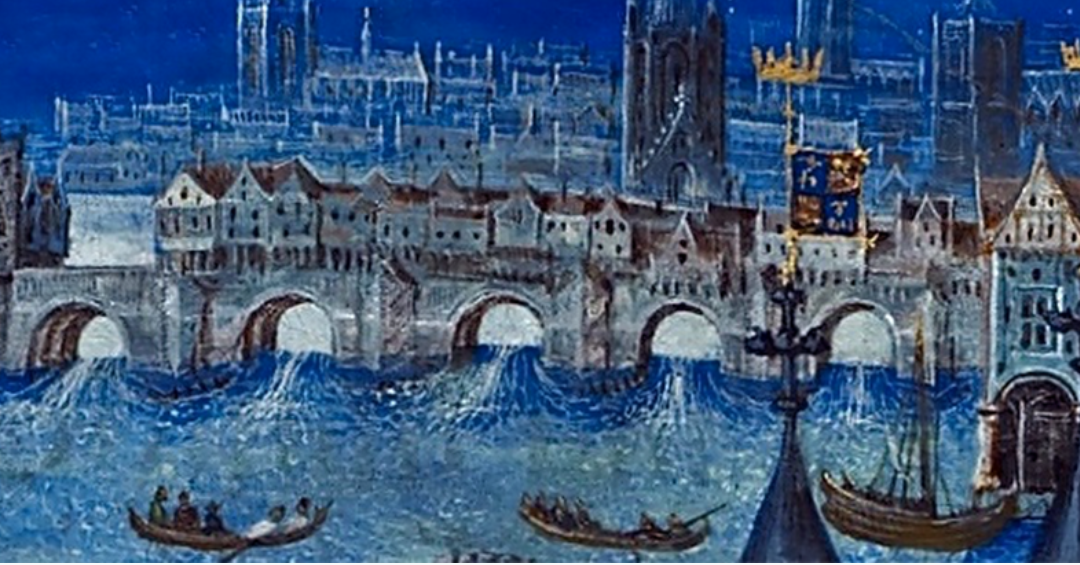Learn about the exciting Medieval Londoners project in this guest blog from Grace Campagna—and discover how you can get involved through Who Do You Think You Are? Magazine’s Transcription Tuesday event on 31 January, 2023.
Technological advances are altering the way we study history by facilitating the exploration of new methods and enabling wider dissemination of information. The Get to Know Medieval Londoners project, a collaboration between the Center for Medieval Studies at Fordham University and the Institute of Historical Research, uses crowdsourcing to digitize historical material, create educational resources, and engage a broad audience in research. The project was born out of a desire to bridge the gap between the academy and popular enthusiasm for the middle ages while simultaneously advancing the study of London.
Get to Know Medieval Londoners uses a browser-based crowdsourcing platform called Zooniverse to create digital transcriptions and structured data from medieval records. Volunteers from around the world can participate in the project with no training–an internet connection is all that is required. Participants help with data collection through workflows, which provide prompts to identify people and geographic locations in the documents. Zooniverse is the ideal platform for this work because it is free of cost for both participants and researchers, runs on all major browsers, and already has an extensive and dedicated volunteer base. All of the data produced during the course of the project will become part of the Medieval Londoners Database, an open-access site that facilitates prosopographical research on the inhabitants of the medieval city and governs many of the data collections standards used in this project. Volunteers will receive credit for their work through a cataloguer field in the database.
The source material for the project is composed of over 3,000 medieval property records, all from London between the thirteenth and sixteenth centuries. These documents are from London’s Husting Court, a civic body that heard the cases of the city’s inhabitants and preserved records of judgements and agreements. Property records contain detailed information about where people lived, their interactions with neighbors, and their built environment, as well as insights into the urban property market, occupational distribution, the concentration of wealth in particular parishes, and familial and social networks among property-holders. Despite their richness, the use of highly abbreviated Latin and a complex script renders the Husting property records inaccessible to anyone without specialized training. The original records are held in the London Metropolitan Archives and are only available to view on microfilm. In their present state, the records are not suitable for a public-facing project.
Fortunately, researchers in the 1980s created more accessible versions of the documents as part of a project called The Social and Economic Study of Medieval London c. 1100-1666 which ran from 1979 to 1988 and was based at the Centre for Metropolitan History. This initiative examined the history of property ownership in select London parishes, especially those centered on the market area of Cheapside. The lead researchers, Derek Keene and Vanessa Harding, with help from Martha Carlin, John Stedman, David Crouch, and Joanna Mattingly, transcribed and translated several thousand property records onto index cards. The result was a large set of expertly-prepared material that is suitable for a public-facing project and addresses accessibility issues surrounding the legibility of the sources for a non-specialist audience.
In June 2022, I traveled to the Institute of Historical Research to prepare high quality scans of the index cards for use in the Get to Know Medieval Londoners project. The team at the IHR were an invaluable resource, helping to set up a scanning procedure and answering questions about the production of the index cards. Special thanks to Justin Colson, Kate Wilcox, and Michael Townsend!
After several months of testing and development, Get to Know Medieval Londoners officially launched on June 28th, 2022. In its first few months, the project has attracted over 1,300 volunteers who have made nearly 17,000 data classifications. The site features extensive discussion boards for asking questions and sharing findings. Through dialogue with each other and the project team, participants have added dozens of new abbreviations to reference guides, helped each other translate phrases from Anglo-Norman, found rare examples of women admitted to the freedom of the city, and much more. Volunteers joining the project for the first time will find a community of like-minded people who are fascinated by history and eager to share their knowledge with one another.
For those interested in participating, there is a wonderful opportunity coming up January 31st. Get to Know Medieval Londoners has partnered with Who Do You Think You Are? Magazine, the UK’s premier genealogical magazine, to participate in their annual Transcription Tuesday event. Since 2017, Transcription Tuesday has brought together volunteers from the UK and beyond to transcribe important documents online. In prior years, this event has helped projects transcribe over 100,000 pages of historical material. For instructions on how to join in, head over to the project event page.
Check the IHR Twitter and the Get to Know Medieval Londoners announcement board for more updates!
Grace Campagna recently finished her Masters in Medieval Studies from Fordham University with concentrations in History and Digital Humanities. Her MA thesis focused on the applications of crowdsourcing and collaborative research in medieval studies, as well as user experience best practices for digital projects. She has been a contributing editor for the Medieval Londoners Database for three years and is particularly interested in the intersections of technology, historical research, and public engagement.

